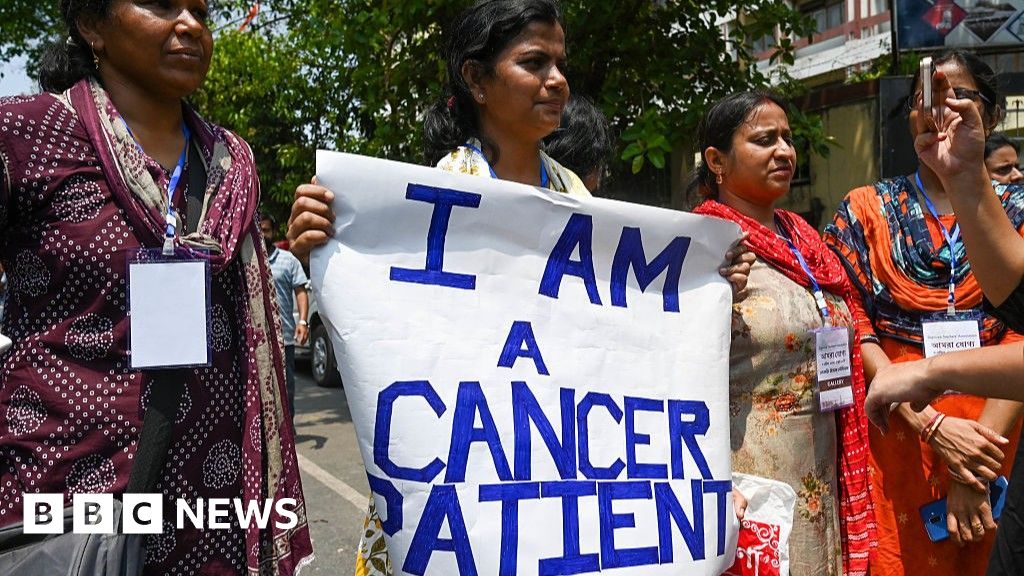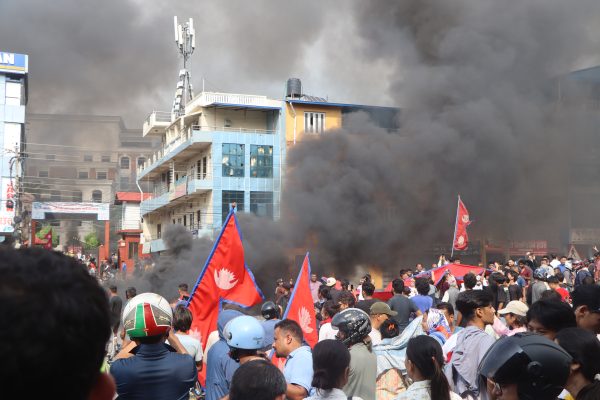By Soutik Biswas
Copyright bbc

Awareness campaigns and improved facilities mean cancers common among women are often detected earlier.
With their long latency periods – time between exposure to a cancer-causing factor and the appearance of detectable cancer – treatment outcomes are relatively good.
Mortality rates among women are therefore lower.
Men fare worse. Their cancers are more often tied to lifestyle – tobacco and alcohol drive lung and oral cancers, both aggressive and less responsive to treatment.
Men are also less likely to go for preventive check-ups or seek medical help early. The result: higher mortality and poorer outcomes, even when incidence is lower than among women.
“Women’s health has become a bigger focus in public health campaigns, and that’s a double-edged sword. Greater awareness and screening mean more cancers are detected early. For men, the conversation rarely goes beyond tobacco and oral cancer,” Ravi Mehrotra, a cancer specialist and head of the non-profit Centre for Health Innovation and Policy (CHIP) Foundation, told me.
“Women, through reproductive health checks, are more likely to see a doctor at some stage. Many men, by contrast, may go their whole lives without ever seeing one,” Dr Mehrotra said.
But the real story emerges when the numbers are broken down: India’s cancer burden is unevenly spread across regions, and across the types of cancer people face.
Data from 43 registries show that 11 out of every 100 people in India run the risk of developing cancer at some point during their life. An estimated 1.56 million cases and 874,000 deaths are projected for 2024.
The hilly and relatively remote northeast region remains India’s cancer hotspot, with Mizoram’s Aizawl district recording lifetime risks twice the national average.
Doctors say much of this is down to lifestyle.
“For most cancers in the north-eastern state, I’m convinced lifestyle is the key factor. Tobacco use is rampant here – much higher than elsewhere,” R Ravi Kannan, head of Cachar Cancer Hospital and Research Centre in Assam, told me.
“In Barak Valley in Assam, it’s mostly chewing tobacco; just 25km away in Mizoram, smoking dominates. Add to that alcohol, areca nuts, and even how meat is prepared. Food choices and preparation drive cancer risk. There’s no special cancer-causing gene at play – hereditary cancers aren’t more common here than in other parts of India,” Dr Kannan said.
But the pattern isn’t confined to the northeast. Srinagar in Indian-administered Kashmir tops the charts for lung cancer in men, while southern Hyderabad city leads in breast cancer. Men in the capital, Delhi, are being diagnosed with all cancers put together at a higher rate than men in other regions, even after correcting for age differences.
Oral cancer is also rising: 14 population registries report increases among men and four among women.



